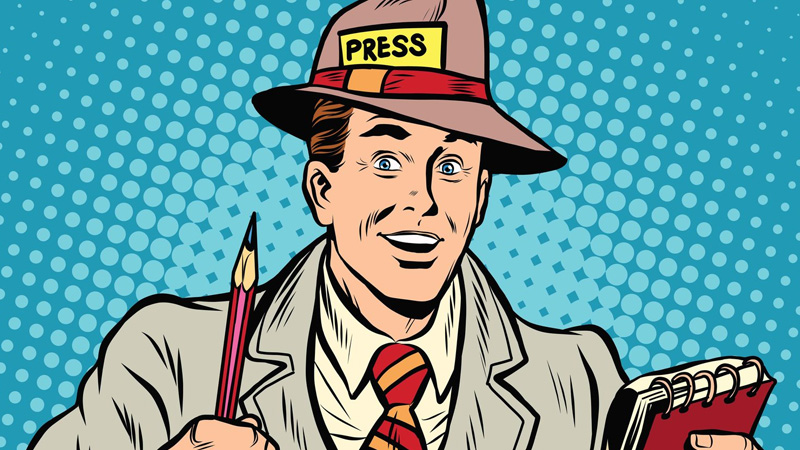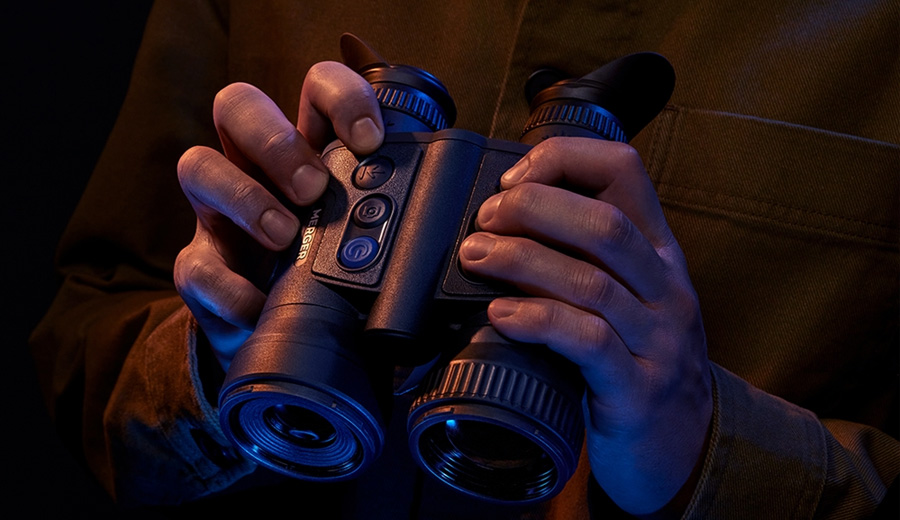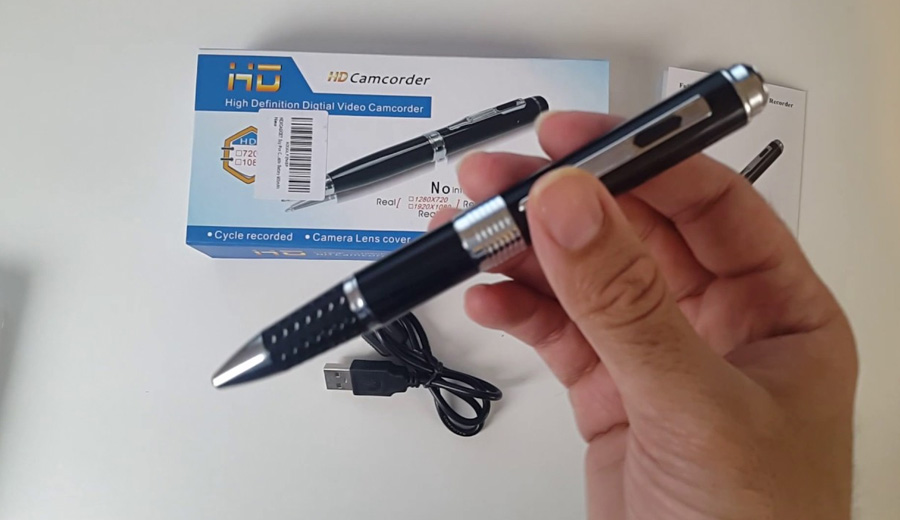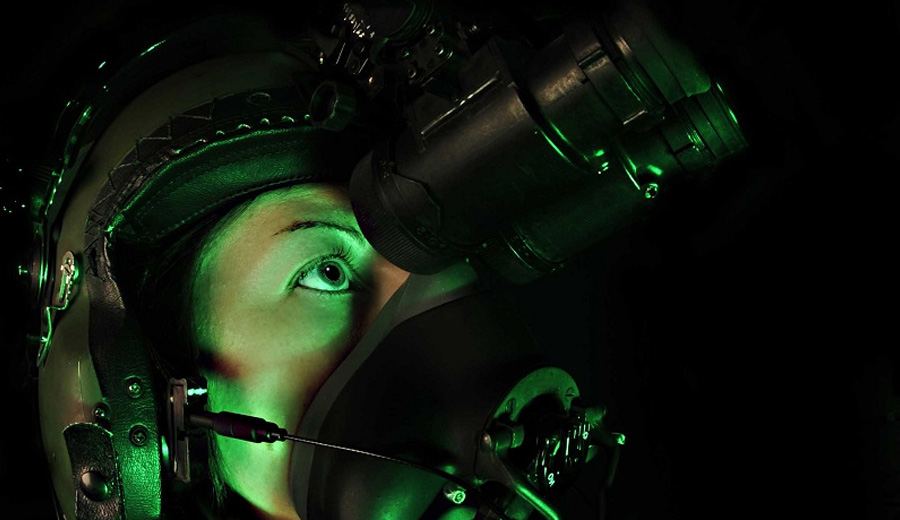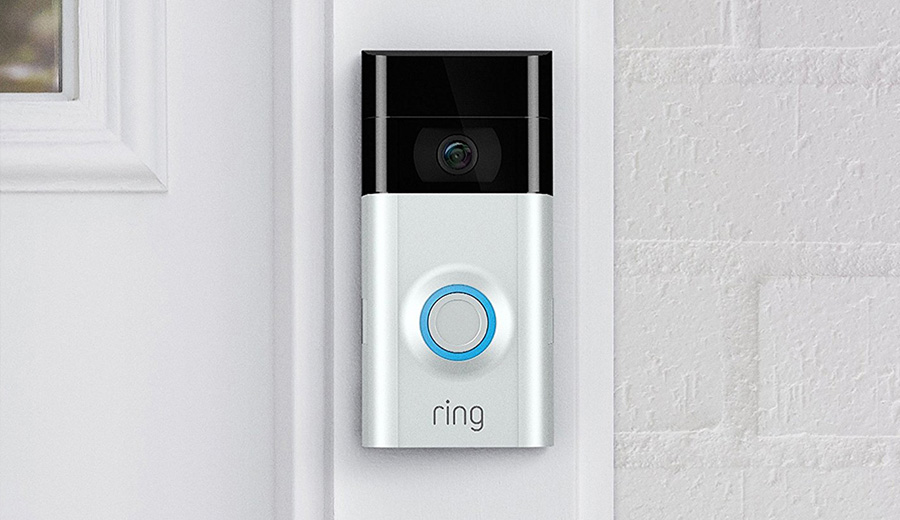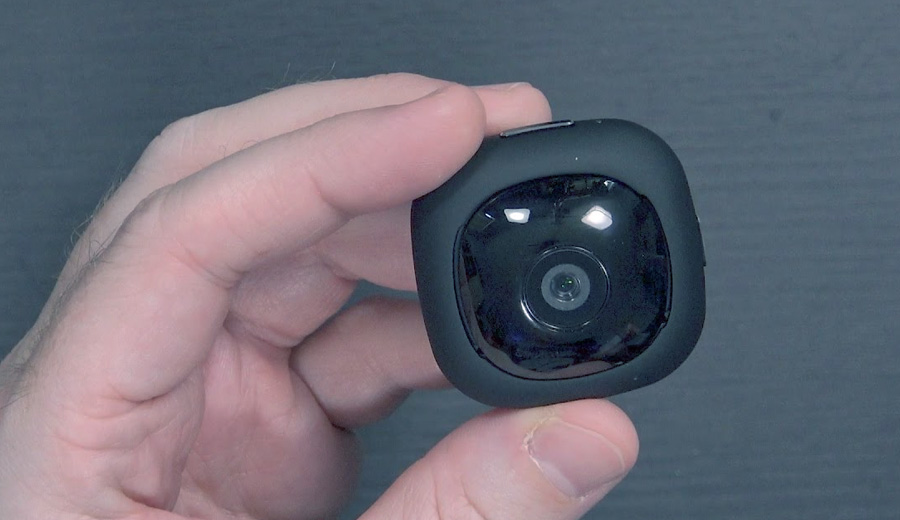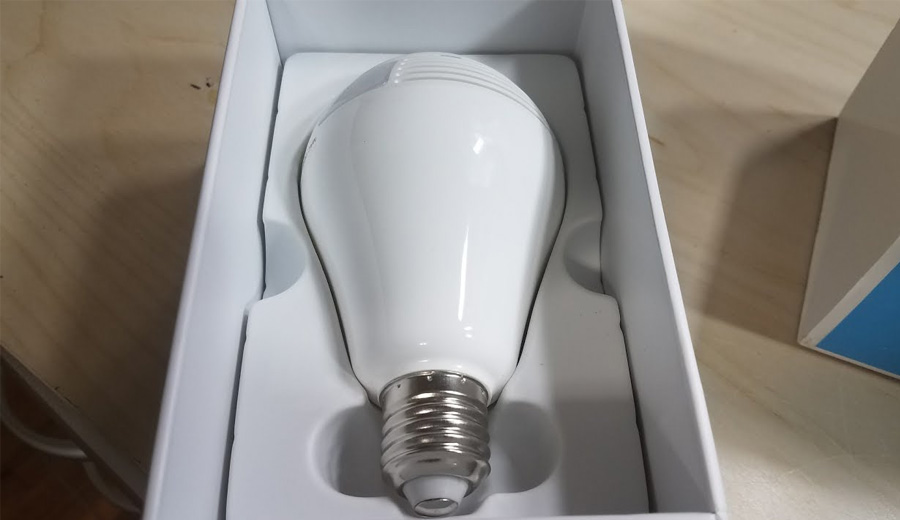Investigative journalism has always had a flare of controversy and fascination when it came to spy cameras and covert recording devices.
These tools are often connected to exposés and breaking stories celebrated for their ability to uncover the truth yet also criticized for intruding into private spaces.
Nevertheless, a closer look reveals that there are many myths and misconceptions surrounding the use of spy equipment in journalism.
This article aims to debunk these myths and provide a better understanding of their role in reporting.
Myth 1: All Surveillance Equipment Use is Unethical
In Fact, Most of the Time Spy Equipment is Used by Professionals to Fight Crime
One prevailing misconception is that any use of surveillance equipment in journalism is inherently unethical.
In reality ethical considerations definitely play a role as some responsible journalists carefully evaluate the importance of the information vs the intrusion caused by surveillance.
No journalist, editor or heads of news outlets want to get sued over the reporting of a story. So, journalists must know legal boundaries when it comes to something like spy camera recording. However, each state or country may have their own rules for journalistic practices like these.
Myth 2; Spy Cameras Are Only Used for Sensationalism
Contrary to popular belief spy cameras are not exclusively utilized for sensational stories. While they may attract attention due to their nature, they often serve a purpose by exposing corruption shedding light on abuses of power and bringing important societal issues to public awareness that would otherwise remain unknown.
Sure, journalists do want to have those career breakthrough stories. However, the main goal usually is to get the story right and get it published. There’s so much corruption these days, frankly, you don’t need to invent sensations, it’s all around us.
Myth 3; The Misconception About the Legality of Spy Equipment
Many people mistakenly believe that the mere use of spy equipment is always illegal.
However, it’s important to understand that the legality of equipment depends on multiple factors, including the specific location where it is used, whether consent has been obtained, and the nature of the information being collected.
In many journalistic situations covert recordings are protected by law particularly when there is a public interest that outweighs an individual’s right, to privacy. As a responsible journalist, one must check with local authorities, lawyers to be sure whether secret audio recordings or spy camera usage is legal or not.
Myth 4: Ethical Guidelines Aren’t Followed in Using Spy Equipment
There is a myth that ethical guidelines are not followed when using spy equipment. That may be true to some extent. However, not all journalists are the same. It’s true that journalism took a deep dive in recent years.
However, responsible journalists who employ spy tools must and often do adhere to ethical standards.
They carefully consider the potential harm caused by intrusion and balance it against the public’s right to know. They also evaluate the necessity of the information obtained and take precautions to minimize any consequences that may arise from their investigations.
Myth 5: All Surveillance Yields Groundbreaking Stories
Another myth is that every use of surveillance equipment guarantees groundbreaking stories. While spy cameras and covert recording devices have played a huge role, in uncovering wild stories in journalism, it is important to note that not every instance of using such equipment automatically leads to groundbreaking revelations.
Journalists encounter challenges and the use of spy equipment alone does not guarantee an exposé.
In the end it’s not the tool that is used, it’s the substance of a story that matters. If you have a good story on your hands, then whatever tools you use, will more likely than not, yield a powerful story to tell the world about.
Conclusion
In summary the use of spy cameras and surveillance equipment in journalism is an issue with plenty of dilemmas and controversies. These tools have proven invaluable in uncovering stories that impact the public.
However, it is essential for journalists to navigate this terrain responsibly considering both the public’s right to information well as privacy and consent considerations.
By dispelling these myths and offering an understanding of how spy equipment is used in journalism we can gain insight into its role in revealing truth and holding those in power accountable. At least, that’s the idea right.

